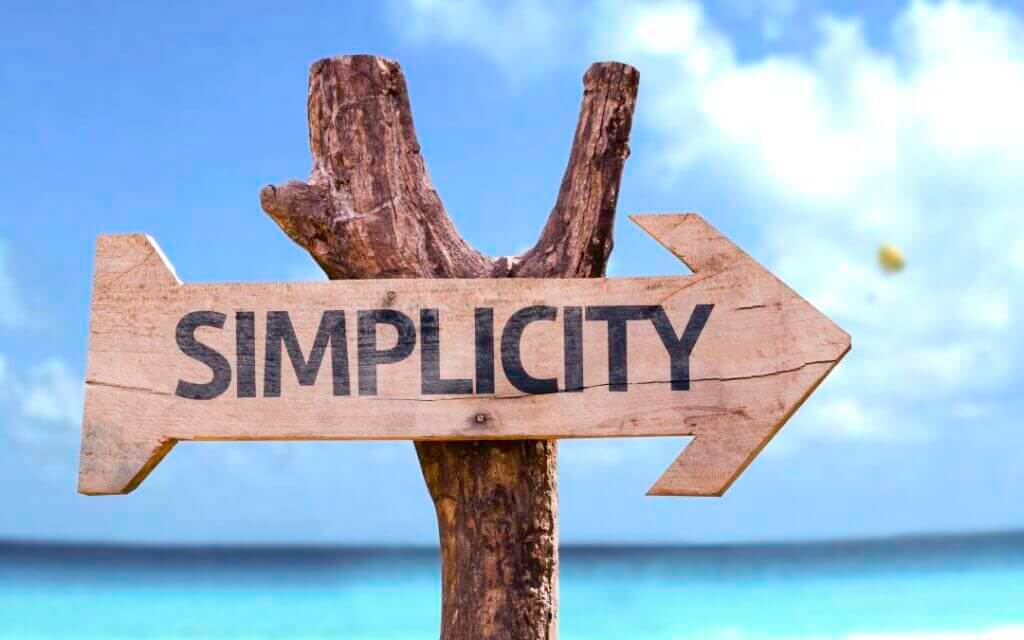
By mid-March, more than 4,953 U.S. hotels and 16.2 percent of rooms had closed or been converted for other uses due to COVID-19, according to Kalibri Labs.
NB: This is an article from Knowland
Hoteliers now considering grand reopening strategies need a game plan. It’s not too late to take the following actions for communicating during a hotel’s closure and leading up to its reopening.
During Closure
As part of the closing process, your would have communicated to customers about the closure first and foremost. Transient and group customers alike should have been informed of the closure, but that is not where the communication should end. Sales staff need a clear understanding of the hotel’s communication protocols. These efforts should be multi-pronged and across multiple communication channels:
- Email — Communicate the hotel’s current status and anticipated open date to the entire database (group and transient).
- Social Media — Post messages dedicated to the current status along with any other activities going on.
- Phone — The top 25 accounts should get personal calls to let them know what is happening and inform them of future plans. Answer phones—guests need to feel safe and confident that someone is there to answer their questions and address their concerns.
- Website — Include all communications to customers on the hotel’s website, on Google, associated OTAs, and any other channels where marketing availability.
Think of the closing protocol as the “wash, rinse, repeat” portion of a hotel’s activities. Throughout closure, communicate with customers via one of the channels listed above. However, this level of communication can’t be a one size-fits-all approach. This will need to be more focused on the audience and the relationship.
- Broad — This is best served via social media. Communicate to individuals or groups who aren’t as familiar with the hotel. Communications in this category can be focused on how the hotel is preparing for reopening, e.g., changing cleaning protocols, group set-up, and restaurant service. Additionally, if using the property to serve the community, share this via social channels as well.
- Narrow — Send ongoing email communication to guests who relocated or canceled stays. Keep them informed and aware of the hotel’s status. Because these communications are targeted to specific people or organizations, narrow the focus to the type of customer.
- Targeted — Stay engaged with the accounts the hotel can’t afford to lose. Communicate with them during the closure will keep the property top of mind, ensuring they don’t forget when business returns.
Reopening
Once the hotel has a reopening date, it’s time to ramp up efforts. Communication is once again key. This needs to take the form of the steps the hotel is taking to prepare for reopening.
- Announce the reopening date as far in advance possible. This should go through every available channel—social media, email, phone calls, etc.
- Communicate what the hotel’s team is doing to prepare for reopening across a variety of channels and, ideally, space out over the period between the announcement and the actual opening date. The point is to show progression. This should be informative and illustrative of the changes made to protect guests as they return.
- Document new ‘duty of care’ processes. Some of these might be dictated by brands and others might be dictated by government authorities. All of it should be documented and communicated.
- Clearly document all social distancing policies in place across the hotel’s public areas. Add visuals to these spaces to remind guests.
- Detail new capacities for banquet space. This might be in line with local restrictions but it’s likely customers will have their own requirements. Prepare for a variety of options and distances. What are the capacities of the hotel’s meeting space(s) in the new social distancing spectrum? Documenting those capacities in advance will help guide customers better as they book or rebook.
- Develop new pricing for meeting space related to the new capacity, and possibly multiple versions of this to effectively optimize space. Be prepared to pivot when putting these into action and determine where there is room to give.
- Revise menus to reflect new standards in food and beverage. Buffets are probably not acceptable anytime soon.
- Train staff comprehensively on any new ‘duty of care’ standards. They should be fully versed on all brand standards and any additional standards that are in place so if they are questioned by guests (and they will be), they can clearly explain those standards.
- Create a virtual celebration for the hotel’s reopening. Chances are social distancing won’t allow for the type of event the property would normally host for an opening or reopening, but the hotel can still celebrate in some way. Create a theme, pop a cork, and don’t forget to share it with the world.
Loyal customers will appreciate a well-thought-out communication plan and efforts to stay in touch. Ensuring they are a part of the hotel’s progress, every step of the way, will foster buy-in and provide the peace of mind that will be critical for moving forward. Making the decision to close a hotel is painful at best. However, the reopening process need not be painful with an organized, thoughtful approach.




